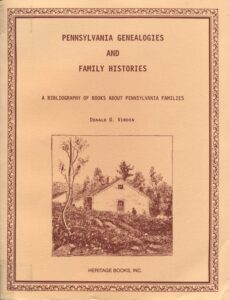
Interested in learning more about Cambria County or other local history? Want to learn more about the commonwealth of Pennsylvania? The library has many primary and secondary resources for research in these areas. Clicking on the green links will show where the resources are located in the Genealogy Room.
 Microfilm collection
Microfilm collection
Documents stored on microfilm are viewed on a microfilm reader. The library has microfilm readers for researchers to use when they visit. The collection includes local newspapers, Johnstown city directories, census records, and the Records of Mother Bethel African Methodist Episcopal Church.
Cambria County Resources
The library has many resources related to Cambria County, including:
-Will information from 1804 to 1900
-Indices to census records and the 1850 census information by township
-Marriages and deaths in the Cambria Tribune
-Lists of cemeteries in the area and records of specific cemeteries
-Immigration records index (more Cambria County Immigration Records information can be found here)
-Yearbooks of local schools
Johnstown Magazine
Issues of Johnstown Magazine from April 2005 to the present
Veterans History Project
A collection of interviews, pictures, and personal narratives from local veterans
Local History Files
These files contain primary and secondary resources about local history topics, including, but not limited to: labor history, churches, cemeteries, floods, Johnstown neighborhoods, schools, and research reports. There are also files on specific Pennsylvania counties.
 Pennsylvania History Books
Pennsylvania History Books
These historical and genealogical resources focus on Pennsylvania and include census reports, church records, and narrative histories. There are also resources about specific counties, cities, and regions of Pennsylvania.
Blueprints, Maps, and Drawings
The map drawers contain blueprints of local buildings, along with drawings, and maps of the area. Blueprints include: Vendome Hotel, Inclined Plane, Bethlehem Steel, Mrs. Duncan Residence.
There are also historical atlases, located in the local history file cabinet (D5).
